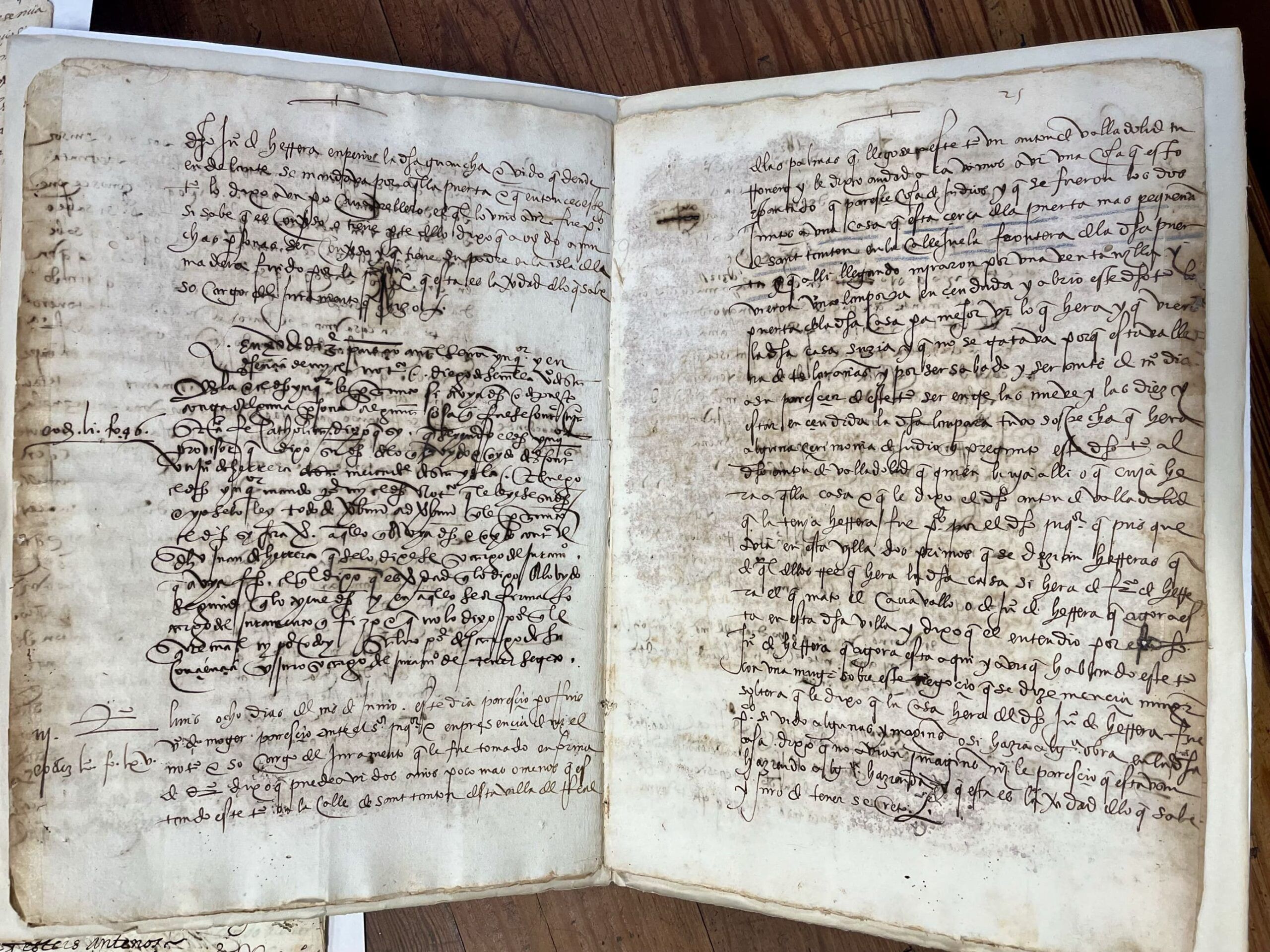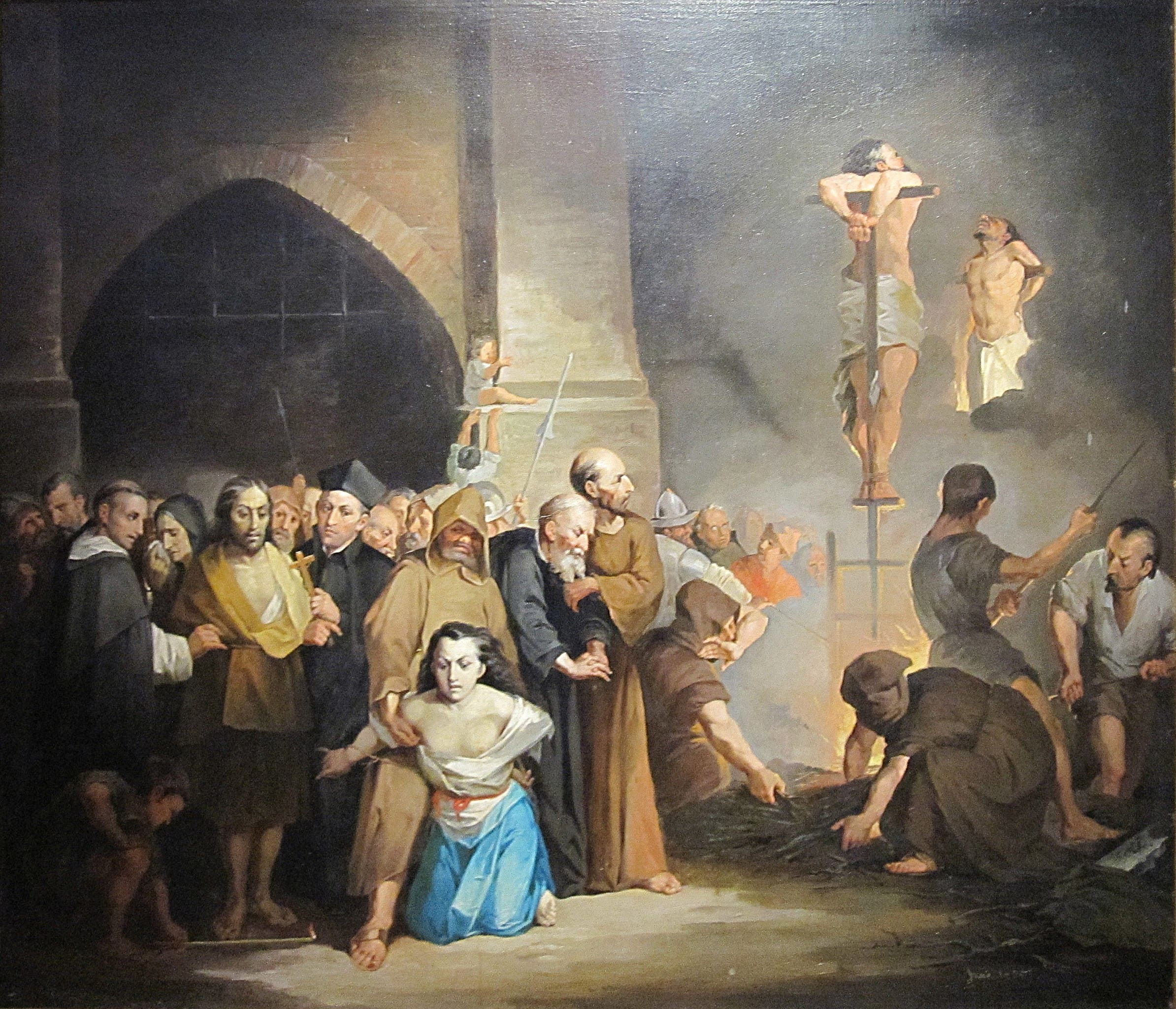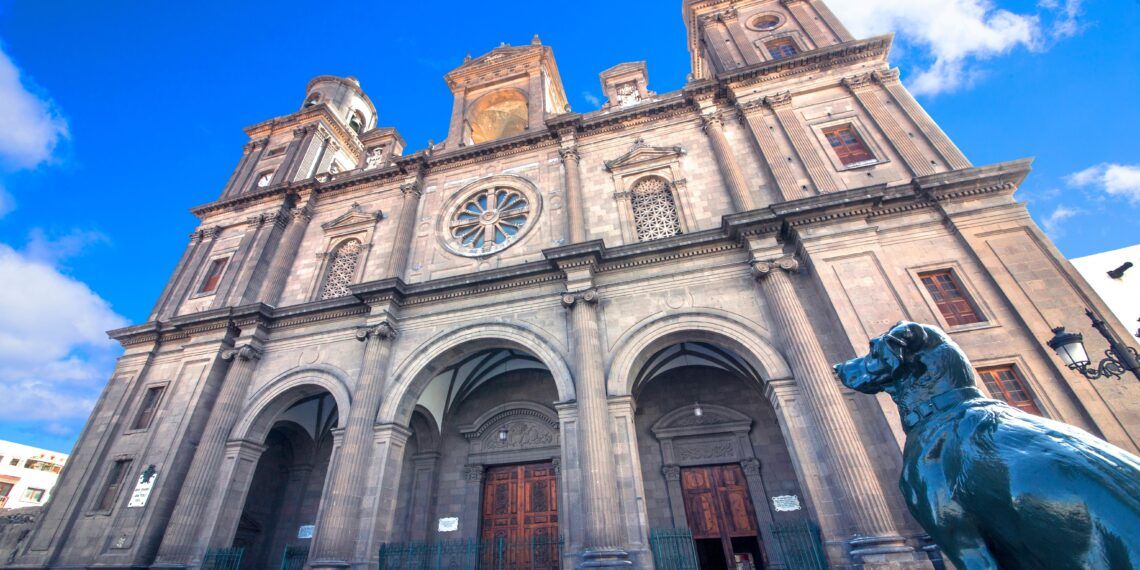T
he history of the Jewish community in Gran Canaria during the 16th century is a fascinating one, as it required resilience, adaptation, and cultural preservation in the face of adversity. The community’s legacy is deeply intertwined with the incorporation of the Canary Islands into Castile, and it serves as a compelling reason to explore this unique region.
The Canary Islands were gradually incorporated into Castile throughout the 15th century, starting with their arrival to Lanzarote in 1402 and concluding with the conquest of Tenerife in 1496. Gran Canaria fell under Castilian control between 1478 and 1481, during the height of the Spanish Inquisition. Following these conquests, the islands became an option for Jews fleeing persecution in continental Spain and Portugal.
From 1496 onward, Jews sought refuge in the Canary Islands, finding relative safety compared to the intense persecution they faced elsewhere. However, the growing Jewish population prompted the Bishop of the Canary Islands to establish an episcopal Inquisition against Judaism in 1499. By 1504, a branch of the Holy See was established in Las Palmas de Gran Canaria, and throughout the 16th century, the Canary Inquisition punished approximately 2,262 individuals.
Early Jewish Communities
The history of the Jewish community in Gran Canaria during the 16th century is a fascinating one, as it required resilience, adaptation, and cultural preservation in the face of adversity. The community’s legacy is deeply intertwined with the incorporation of the Canary Islands into Castile, and it serves as a compelling reason to explore this unique region.
The Canary Islands were gradually incorporated into Castile throughout the 15th century, starting with their arrival to Lanzarote in 1402 and concluding with the conquest of Tenerife in 1496. Gran Canaria fell under Castilian control between 1478 and 1481, during the height of the Spanish Inquisition. Following these conquests, the islands became an option for Jews fleeing persecution in continental Spain and Portugal.

From 1496 onward, Jews sought refuge in the Canary Islands, finding relative safety compared to the intense persecution they faced elsewhere. However, the growing Jewish population prompted the Bishop of the Canary Islands to establish an episcopal Inquisition against Judaism in 1499. By 1504, a branch of the Holy See was established in Las Palmas de Gran Canaria, and throughout the 16th century, the Canary Inquisition punished approximately 2,262 individuals.
For instance, in 1514, a Portuguese man founded a brotherhood in La Laguna that discriminated based on ancestry. Institutions of justice swiftly dissolved the brotherhood and punished its founder for promoting discrimination. Moreover, accusations of ritualistic crimes, such as the mysterious deaths of children in 1573, did not lead to a witch hunt against Jews, as Canarians attributed the events to unknown witches rather than their Jewish neighbors.
As persecution intensified, however, Hebrew books became rarer, leading to the creation of a Marrano ritual that included apocryphal prayers. Despite these challenges, Jews in the Canary Islands thrived economically and socially. They were involved in various professional guilds, including medicine, law, shoemaking, dyeing, and farming. Some held significant positions in civil and military administrations, and they were active in trade, establishing connections with Castile, France, Flanders, and even London.

According to the Inquisition archives that can be found in the Canary Museum in Las Palmas de Gran Canaria, Jewish families lived comfortably, with men owning horses and weapons, and women wearing luxurious clothing adorned with gold and jewelry. Their contributions to the islands’ economy and society were substantial, despite the ongoing threat of the Inquisition.
The Disappearance of the Crypto-Jews
The 16th century saw the decline of the Canarian crypto-Jewish community due to the relentless efforts of inquisitors like Mr. Ximénez and Mr. Padilla. Many Jews were either absorbed into the Christian community or emigrated to safer places, such as Morocco, Madeira, Flanders, or the West Indies. Some even attempted to emigrate to Palestine, though their journey was fraught with peril. At least one Canarian family reportedly succeeded in reaching Judea and continued to openly practice Judaism there.
Today, the Jewish community in Gran Canaria is comprised of about 30 families who returned to Spain after the Inquisition in the mid-20th century. Their energy and enthusiasm for reclaiming their history are evident in their continued practice of Judaism and their dedication to sharing the Sephardic traditions of the Canary Islands with the world.
The history of this Jewish community, both the old and the new, offers a unique perspective on the islands, making Gran Canaria an intriguing destination for those interested in exploring some of the lesser-known aspects of Jewish heritage. Gran Canaria not only provides a scenic travel experience but also a profound historical journey into a community that navigated through adversity with resolve, which serves as a testament to the enduring spirit of the Jews and our unyielding connection to our roots.
Canary Museum’s Schedule:
Monday to Saturday from 10:00 a.m. to 8:00 p.m.
Sundays and holidays from 10:00 a.m. to 4:00 p.m.
Address: Doctor Verneau street 2, 35001, Las Palmas de Gran Canaria
Phone: +34 928 336 800
Email: in**@************io.com
Website: elmuseocanario.com









